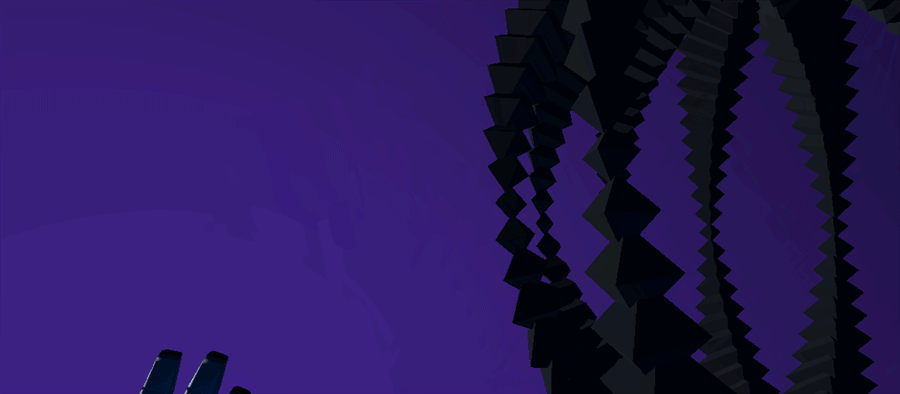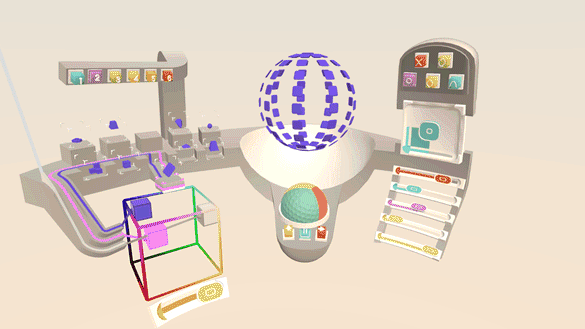Last time, we looked at how an interactive VR sculpture could be created with the Leap Motion Graphic Renderer as part of an experiment in interaction design. With the sculpture’s shapes rendering, we can now craft and code the layout and control of this 3D shape pool and the reactive behaviors of the individual objects.
By adding the Interaction Engine to our scene and InteractionBehavior components to each object, we have the basis for grasping, touching and other interactions. But for our VR sculpture, we can also use the Interaction Engine’s robust and performant awareness of hand proximity. With this foundation, we can experiment quickly with different reactions to hand presence, pinching, and touching specific objects. Let’s dive in!


